Expansion of E-commerce Platforms
The rapid expansion of e-commerce platforms is transforming the Coco Coir Market. With more consumers turning to online shopping for gardening supplies, the accessibility of coco coir products has significantly improved. E-commerce allows for a broader reach, enabling manufacturers and retailers to connect with a global audience. This trend is reflected in the increasing online sales of gardening products, which have surged by approximately 20% in recent years. As e-commerce continues to grow, the Coco Coir Market is likely to experience enhanced visibility and sales opportunities, catering to the evolving preferences of consumers who seek convenience and variety in their purchasing options.
Rising Demand for Organic Products
The increasing consumer preference for organic products is a notable driver in the Coco Coir Market. As consumers become more health-conscious, they are gravitating towards organic gardening and farming practices. This trend is reflected in the growing sales of organic fruits and vegetables, which have seen a rise of approximately 10% annually. Coco coir, being a natural and biodegradable substrate, aligns perfectly with this demand. The Coco Coir Market is likely to benefit from this shift, as more farmers and gardeners seek sustainable alternatives to synthetic materials. Furthermore, the organic certification of coco coir products enhances their appeal, potentially leading to increased market penetration and consumer trust.
Technological Innovations in Production
Technological advancements in the production of coco coir are reshaping the Coco Coir Market. Innovations in processing techniques have led to improved quality and efficiency, allowing manufacturers to produce coco coir products that meet diverse consumer needs. For instance, the introduction of automated processing equipment has reduced production costs and enhanced product consistency. This technological evolution is expected to drive market growth, with projections indicating a compound annual growth rate of 9% over the next few years. As manufacturers adopt these technologies, the Coco Coir Market is likely to see an influx of high-quality products, catering to both domestic and international markets.
Environmental Sustainability Initiatives
The Coco Coir Industry. Governments and organizations are increasingly promoting eco-friendly practices, which include the use of biodegradable materials in agriculture. Coco coir, derived from coconut husks, is a renewable resource that contributes to waste reduction. The market for coco coir is projected to grow as more stakeholders recognize its potential to replace peat moss and other non-renewable substrates. This shift is supported by various environmental policies aimed at reducing carbon footprints, which could lead to a projected market growth rate of 12% over the next five years. The Coco Coir Market stands to gain from these initiatives, as consumers and businesses alike prioritize sustainability.
Growth of Hydroponics and Soilless Cultivation
The rise of hydroponics and soilless cultivation methods is a significant driver for the Coco Coir Market. As urban agriculture gains traction, more growers are seeking efficient and sustainable growing mediums. Coco coir is increasingly favored for its excellent water retention and aeration properties, making it ideal for hydroponic systems. The market for hydroponics is expected to expand at a rate of 15% annually, which could substantially increase the demand for coco coir products. This trend indicates a shift in agricultural practices, where the Coco Coir Market is poised to play a crucial role in supporting modern farming techniques.




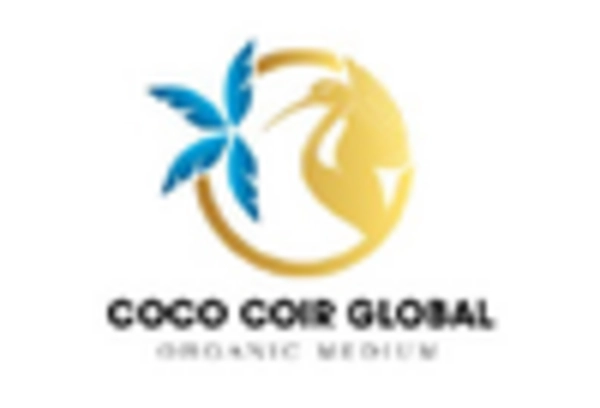
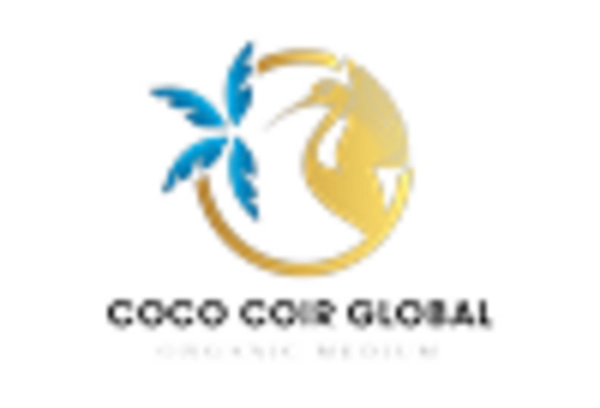
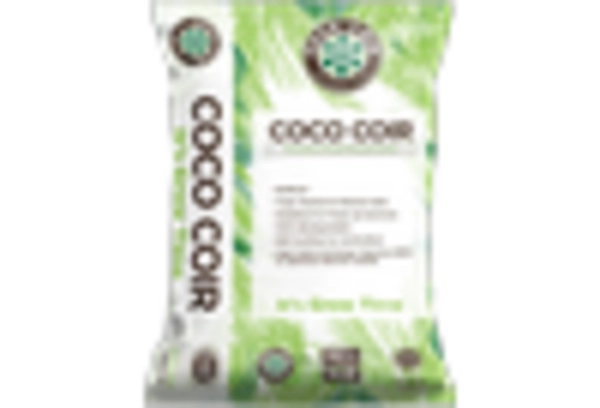
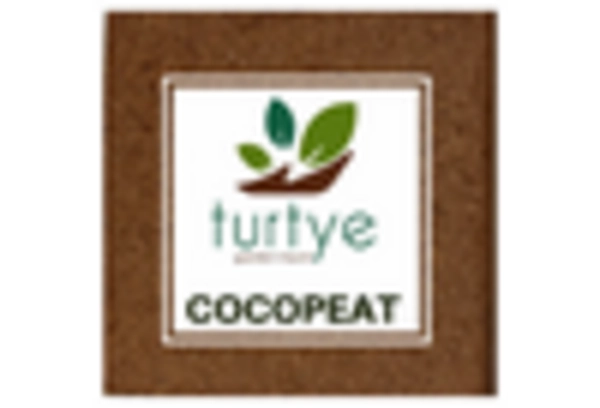
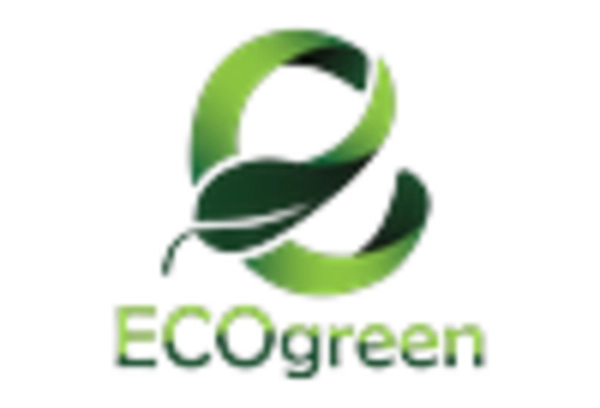
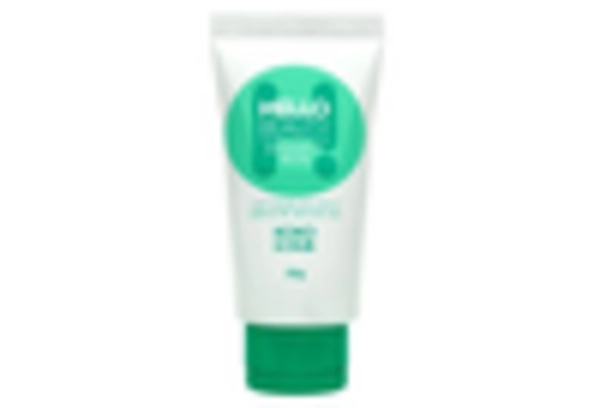








Leave a Comment